Throughout history, innovations have not only altered the way we live, but have also defined cultures. Inventions and discoveries were abundant in the ancient world. And the Romans were one of the most inventive civilizations that altered the course of human progress. The Romans didn’t just focus on inventing new things, they also improved existing technologies, making them even more accurate.
With that said, here are the top 10 ancient Roman inventions that played a significant role in engineering and architecture, paving the way for them to become one of the most powerful civilizations of their time.
10. Arches

Even though this amazing architectural development predates the earliest Roman civilization, it became an essential component of architecture once the Romans adopted it for their designs. For covering paths (and frequently even highways), the Romans were the first to figure out how to mount an arch on two tall pedestals.
They built a lot of the architectural highlights of ancient Rome on the foundations of these arches, which were important engineering structures. The aqueducts, sewers, amphitheatres, and the large Colosseum are only a few of the spans on which they built these arches. They utilised Roman arches to construct some of the most stunning cathedrals later in the Middle Ages. It was the only method that put a roof on a house without supporting beams.
9. Grid-based Cities
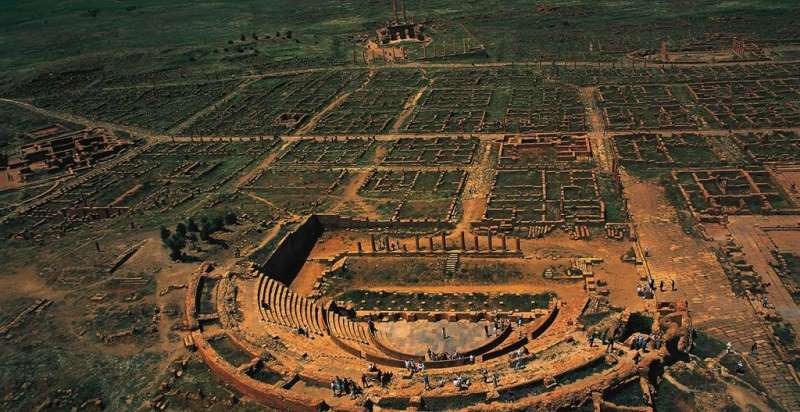
Once more, the Romans were not the first to build grid-based organisations and settlements. The earliest known basic grid layout comes from the ancient Indus town of Mahjong Daro in Pakistan. Instead, the Romans who adopted this concept added a new layer and widened it to where towns on the grid were commonplace. A rectangle or square in nearly complete orthogonal street shape served as the identifying feature of a Roman grid.
The two main avenues, Cardo and Decumanus, will cross each other at a right angle in the centre of the grid. This network was ideal for dividing off different aspects of the city into distinct blocks, such as homes, theatres, and stores. In order to keep the city from being a single block, the Romans incorporated a variety of structures within the city grid, including outdoor theatre, public baths, markets, and other entertaining activities. Then, they standardised this settlement pattern by establishing colonial and military camps throughout their vast Empire, from Britain to northern Africa, Italy, and the eastern Mediterranean region.
8. Sewers and Sanitation
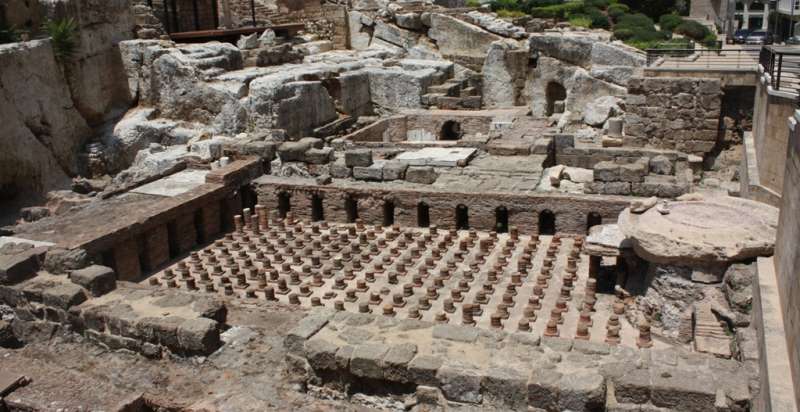
The highest standard of sewage treatment and cleanliness existed in the ancient Roman Empire. The construction of a variety of public baths, latrines, and the intertwining of wastewater pipes by the Romans gave rise to an intricate and efficient engineering system. Rome and other big cities had extensive networks of sewers and drains that ran alongside their streets. The Roman aqueduct drains frequently overflowed with water, as well as drainage from neighbouring streams.
The next step was to flush all the waste into the river downstream (often the Tiber), which might not seem like the healthiest course of action but was still far safer than leaving the sewage in the streets. The majority of the dwellings in the ancient Roman city also had closed gutters and drainage systems. The ancient Romans served as a global model for current sanitation practises thanks to their infrastructure for drainage and sanitary facilities.
7. Roads and Highways
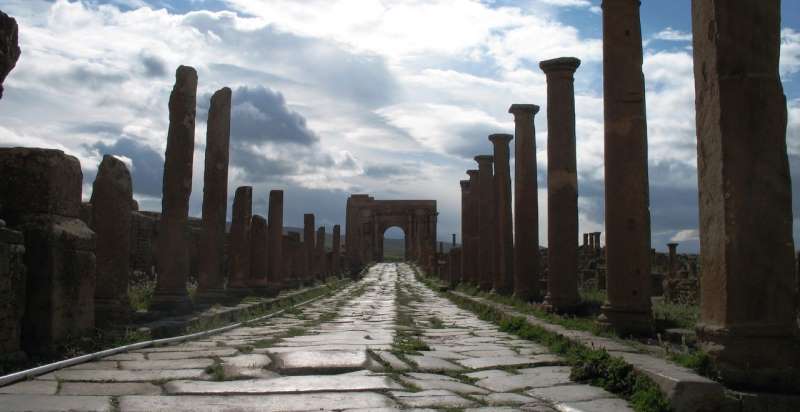
Building one of the most sophisticated road networks of the time was essential to the immaculate and effective management of such a vast kingdom in ancient Rome. Roman roads and highways had a significant impact on the development of the Roman state as it stretched throughout the Roman and later the Roman Empire.
They have built almost 55,000 miles of paved roads across Europe and the Middle Ages over the course of 700 years, ensuring that supplies, troops, and intelligence for transporting across the entire Empire quickly and effectively. Roman roads were often straight, allowing for speedy and efficient travel. The Romans utilised road signs and markings early because these well-designed roadways were simple to travel.
6. Aqueducts
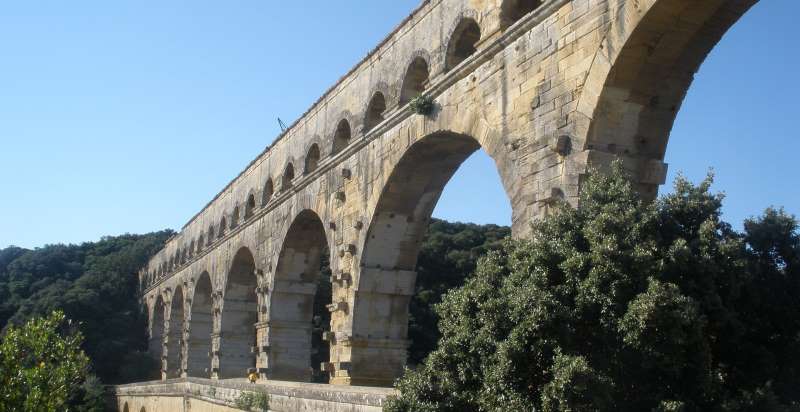
Aqueduct construction from rivers, streams, and reservoirs would not have been conceivable in those times of the Roman Republic and Empire because the Romans lacked various amenities. Around 312 BC, the first aqueduct was based on ancient Roman science and technology, and it was then that water began to flow downhill into the city’s centre.
The entire water delivery system relied on a number of variables and used gravity to maintain a consistent flow. The water would contain huge reservoirs when it hit significant settlements, like Rome. The public swimming pools, fountains, latrines, and private villas will tap the water network. The aqueduct is a true monument to Roman architecture and inventiveness because it is one of the most noticeable examples of the ancient Roman technology based water infrastructure.
5. Roman Numerals

Roman numerals have their roots in ancient Rome, as their name already suggests. They originally used these numerals between 900 and 800 BC, making them one of the most popular numeration schemes used today. The demand for ever-complicated calculations was then unmet by the current counting techniques. They developed Roman numerals to give a uniform counting system for using in both business and writing.
These roman numbers, however, had shortcomings, including the absence of the zero number and the inability to quantify fractions. However, these individuals continued to exist even after the fall of the Roman Empire. Their widespread use today demonstrates the long history of this antiquated number notation in literature, movies, and many other areas of popular culture.
4. Surgery Tools and Techniques
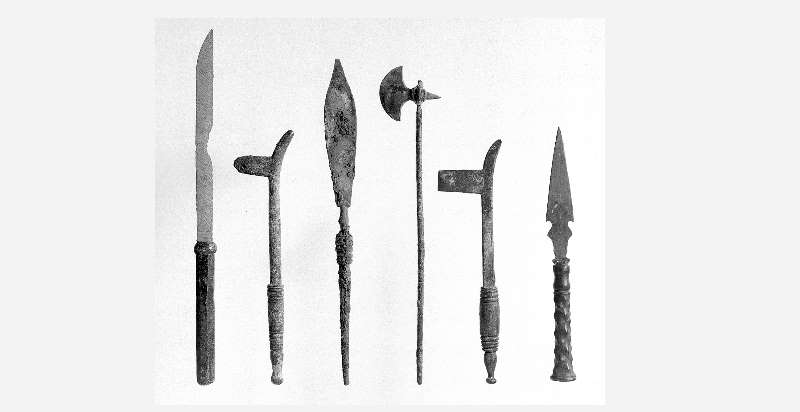
Ancient novels inspired the development of many surgical tools and procedures, furthering the field of medicine and surgery. The development of surgery among the ancient Greeks had a significant impact on the medical environment in Rome. The caesarean section was among the many novel instruments and techniques that physicians in ancient Rome invented besides using all the tools that were already available. But they made the biggest operational improvement in battle by prioritising field medicine.
Under Augustus’ rule, they established a military medical corps to assist wounded soldiers in battle. The Romans mastered medical technology, saving countless lives to prevent sudden blood loss. They created devices including forceps, obstetric hooks, bone drills, bronze scalps, and the ominously titled vaginal speculum. Because they used surgical instruments and cleaned them in hot water prior to surgery, we frequently credited the Romans with the antiseptic surgery.
Also, this is one of the major Roman civilization’s contribution to science and technology.
3. Julian Calendar

The greatest civilization in the ancient western world, the Antic Romans, realised the complexity that may affect the entire Empire by following a regular calendar. The addition of months with a fictitious number of days did not help because superstition was prevalent. When Julius Caesar instituted a new reform and used it as the foundation for the calendar for a solar year, the calendar eventually became too far removed from a daily schedule.
Romans also introduced the 12 months of the year. Some Eastern Orthodox churches still use the calendar, which bears Julius Caesar’s name, to record their feast days. Even though the Julian calendar was one of the nearly flawless ancient Roman inventions, it miscalculated the length of the sun’s year by about 11.5 minutes. In 1582 AD, the Gregorian calendar was eventually developed and put into use. It was substantially based on the Julian model.
The Julian Calendar is one of the ancient Roman inventions we use today.
2. Newspapers
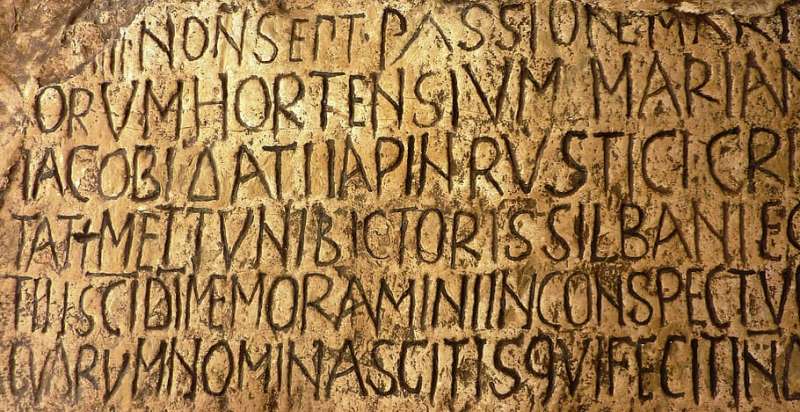
Autocrats who used government decrees and inventions to keep the populace in line have a long history. The first Empire to develop a sophisticated system of written reporting was Rome, which published “Daily Events” in the Acta Diurna. From around 59 until 222 A.D., the government published these handwritten newsletters on a regular basis in the Roman Forum. Political news, events, military camps, executions, significant controversies, and similar topics made up the majority of Acta Diurna’s coverage.
The Roman Senate proceedings were reported in the Act Senate, which was publicly published. However, until Julius Cesar made it available to everyone involved in his well-known reforms, this kind of newspaper was kept out of the public’s reach. Acta Diurna was not affected when the first newspapers in Europe were published, but these news outlets were the forerunners of news publishing history.
1. Concrete

The ancient Romans were extremely skilled at building new structures fast while maintaining their structural integrity. Roman architects contributed significantly to the advancement of ancient Rome’s architectural style with their inventive use of concrete in the construction of beautiful, long-lasting structures. Researchers who closely examined its composition said it was superior to modern concrete and significantly more ecological.
The pavement they examined had spent more than 2,000 years submerged in the Mediterranean. This analysis of the concrete revealed that it made the concrete an incredibly solid building material and differed significantly from the concrete that we currently use. To prevent any chemical deterioration of the finished concrete, the Romans mixed their cement with a volcanic rock known as “tuff.” It is not unexpected that some Roman institutions have endured for over two millennia, including the Pantheon, the Colosseum, and the Roman Forum.
Conclusion
The Roman civilization is a prime example of an inventive culture that has shaped the course of human progress. The Romans were masters of improving existing technologies and creating new ones that pushed the boundaries of engineering and architecture. Thus, we believe the list of top 10 ancient Roman inventions that contributed to the civilization’s rise to power is a testament to the ingenuity and genius of the Roman people.
Frequently Asked Questions:
Q1. What is Rome’s Greatest Achievements?
The ancient Romans were a people renowned for its military, political, and social institutions who also built highways, aqueducts, and spread Latin, their language, throughout much of Europe and northern Africa.
Q2. What Did Romans Invent That We Still Use Today?
Our calendar. The first calendar, having 365 days and a leap year every four years, was the Julian one. The Gregorian calendar that we use today is based on it. We derive the names of the months from Roman months, highlighting the significant influence of the Romans on our contemporary diaries.
